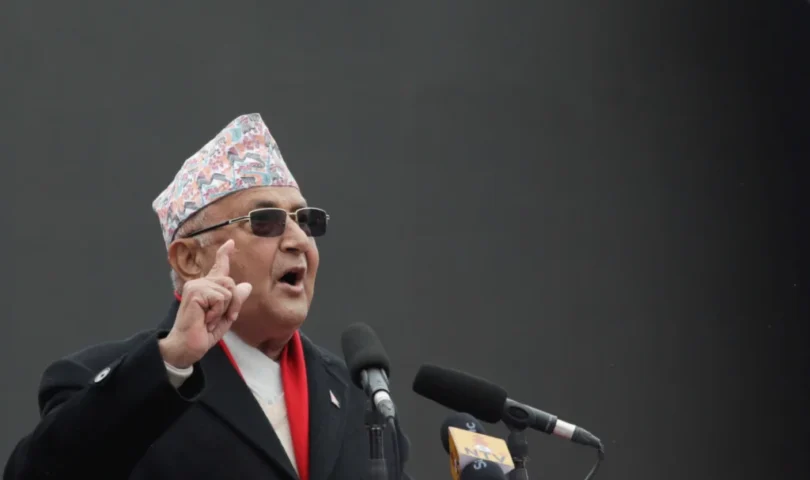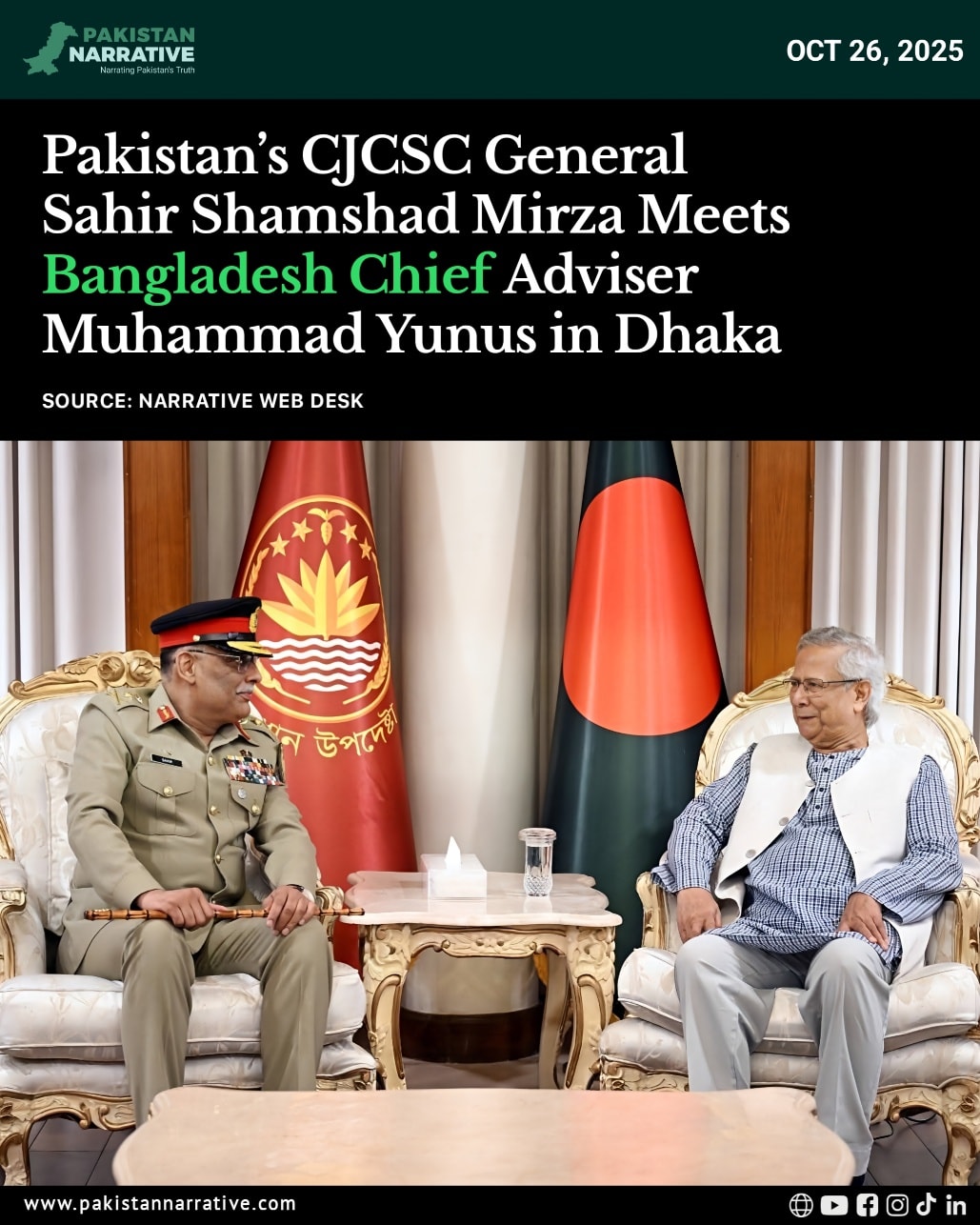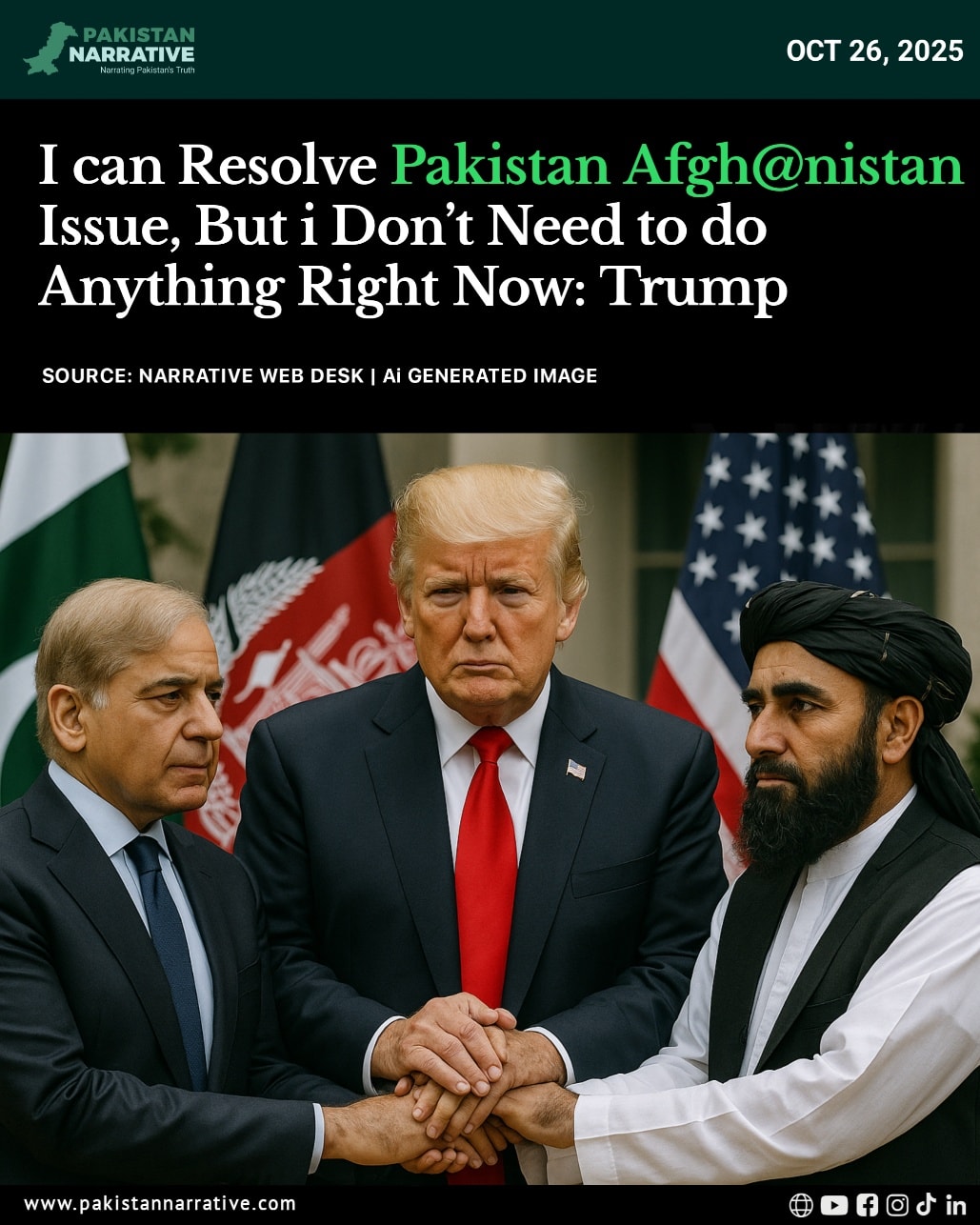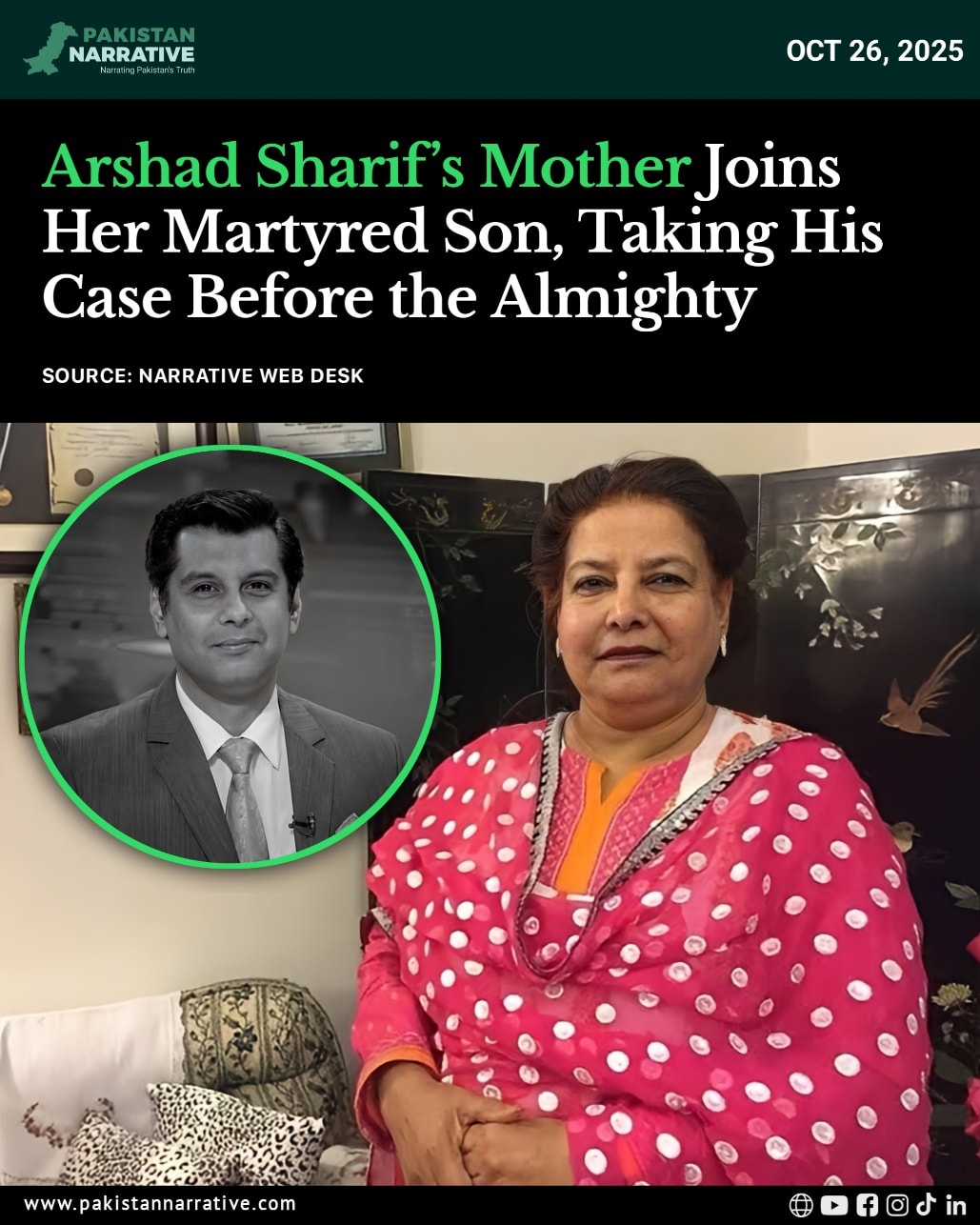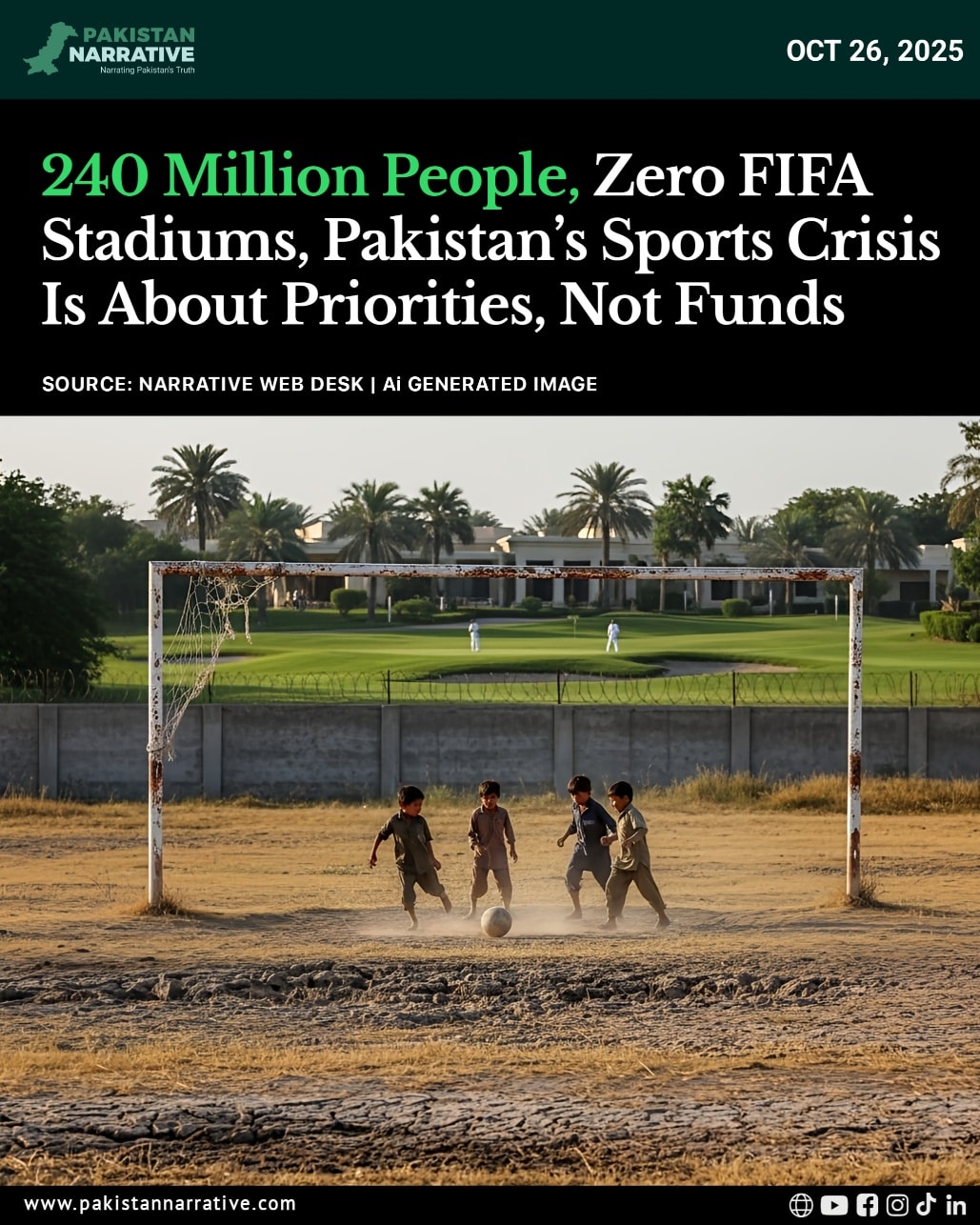Nepal plunged into fresh political turmoil on Tuesday after Prime Minister K.P. Sharma Oli resigned, following days of violent anti-corruption protests that defied an indefinite curfew and left 19 people dead.
Oli’s aide, Prakash Silwal, confirmed to Reuters that the prime minister submitted his resignation hours after security forces failed to contain swelling crowds in Kathmandu and other towns.
“The PM has quit,” Silwal said, describing the decision as unavoidable in the face of mounting public and political pressure.
The departure of the embattled leader has once again thrown the Himalayan nation, strategically located between India and China, into uncertainty. Since the abolition of its monarchy in 2008, Nepal has struggled with chronic political instability, frequent government changes and an economy unable to meet the needs of its citizens.
The unrest began after the government abruptly banned social media platforms, a move critics saw as an attempt to silence dissent. The ban provoked outrage, culminating in massive demonstrations on Monday when protesters tried to storm parliament.
Police responded with tear gas and rubber bullets, sparking clashes that left 19 people dead and more than 100 injured. Though the government lifted the ban late Monday night, the move came too late to calm the anger on the streets.
On Tuesday, scenes of chaos gripped Kathmandu as protesters hurled stones at riot police, set tyres ablaze and filled the air with thick smoke. Footage circulating online showed demonstrators chasing officers through alleyways while onlookers filmed the confrontations.
Read More: 16 killed in Nepal protests over social media ban
Local media also reported attacks on politicians’ homes. Several ministers were reportedly airlifted to safety by military helicopters, though these accounts could not be independently verified.
Daily life has been badly affected. The Civil Aviation Authority said arrivals at Tribhuvan International Airport were halted due to thick smoke from nearby fires reducing visibility.
Despite the violence, protesters vowed to continue. “We are still standing here for our future,” said Robin Sreshtha, a young demonstrator. “We want this country corruption-free so that everyone can access education, hospitals and medical facilities.”
Organisers have branded the movement as “demonstrations by Gen Z,” with thousands of young Nepalis frustrated over corruption, unemployment and poor governance. The protests have spread far beyond Kathmandu, with groups from towns along the India-Nepal border reportedly marching towards the capital.
Earlier in the day, Oli had convened an emergency meeting of party leaders, urging dialogue and restraint. “Violence is not in the interest of the nation. We must find peaceful solutions through dialogue,” he said. His appeal, however, failed to resonate with protesters openly defying the curfew.
With Oli’s resignation, Nepal faces the task of forming a new government while addressing the grievances of an emboldened protest movement. For many demonstrators, the prime minister’s exit is seen not as an end, but the beginning of a wider struggle for accountability, transparency and reform.
